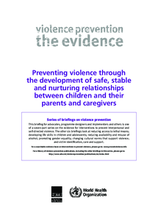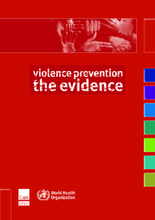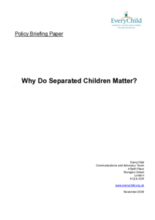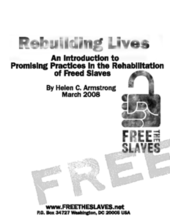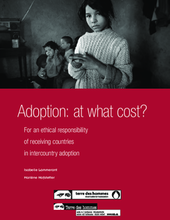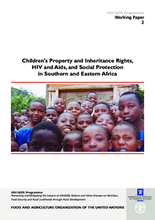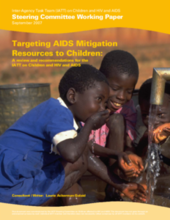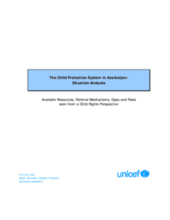Displaying 301 - 310 of 341
This briefing looks at the effectiveness of interventions that encourage safe, stable and nurturing relationships for preventing child maltreatment and aggressive behaviour in childhood. The focus is on primary prevention programmes, those that are implemented early enough to avoid the development of violent behaviour such as child maltreatment and childhood aggression.
This report brings together an eight-part series of briefings on the evidence for interventions to prevent interpersonal and self-directed violence. By spotlighting evidence for the effectiveness of interventions, the series provides clear directions for how violence prevention funders, policy makers and programme implementers can boost the impact of their violence prevention efforts.
Evaluation of the need for increased understanding and inclusive responses to highly marginalized and separated children.
A manual for starting and improving rehabilitation and recovery services for freed slaves, including child victims of slavery, trafficking, the worst forms of child labor, and forced marriages.
A comparative study on the ethical responsibility of receiving countries of intercountry adoption.
Discusses the bi-directional relationship between HIV/AIDS and agriculture, food security, and rural livelihoods, including the relationship between HIV/AIDS and children’s property and inheritance rights
Evaluates AIDS mitigation and targeting with child sensitive objectives and global guidance
This report provides concrete examples for addressing the complicated and prevalent issue of child labor.
Analyzes emerging protection problems and priorities of children living in Azerbaijan. Drafts a map of the institutional system related to child welfare at a national level.
This report is based on interviews with more than fifty street children in the Democratic Republic of Congo––children who might not necessarily be without families, but who live without meaningful protection, supervision, or direction from responsible adults.

